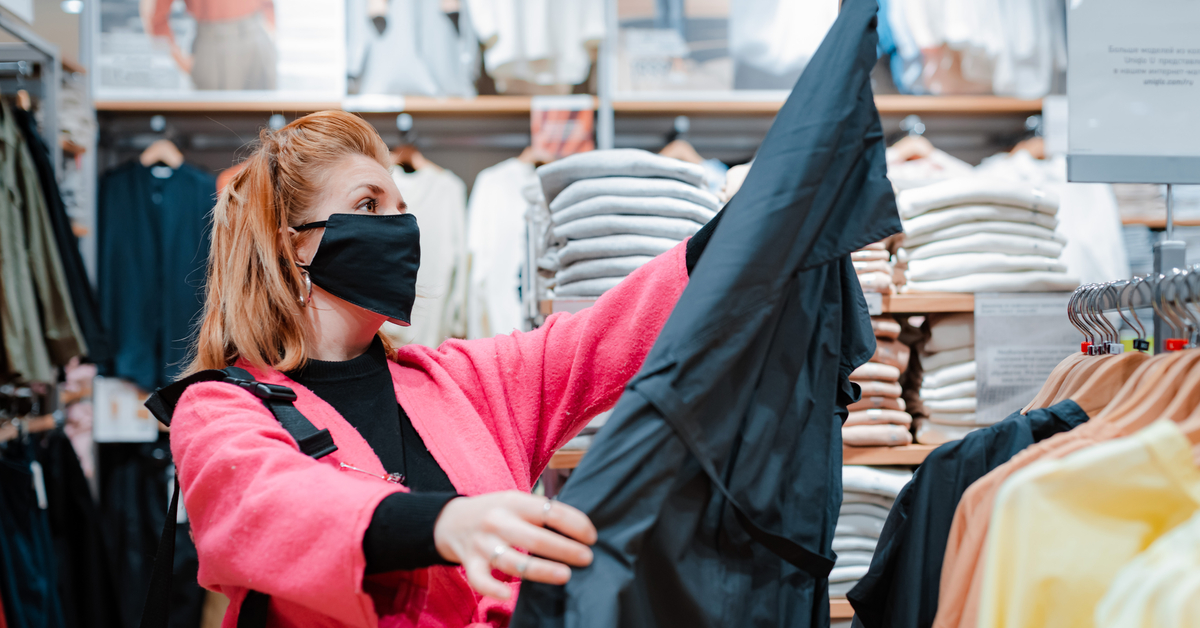Retail space demand drivers saw a strong third quarter, even with the slowdown in COVID-19 vaccine adoption and the rise of the virus’ delta variant, according to Cushman & Wakefield’s latest U.S. National Shopping Center MarketBeat report.
The retail sector saw 15.7 million square feet of net absorption during Q3, the most space absorbed in the segment since the fourth quarter of 2017. The absorption gain was geographically broad-based, with positive absorption posted in all but 10 of the 81 markets tracked by Cushman & Wakefield. Per the company’s data, that’s the most markets with positive net demand since Q2 2016.
Absorption growth has been supported by rising retail sales — although a quick glance at the numbers may prove deceiving. Total U.S. retail and food services sales, according to the Census Bureau, actually fell back in the third quarter, dipping to $1.87 trillion after reaching $1.90 trillion in the quarter prior. However, that figure includes motor vehicle sales, which have been slowed in recent months due to supply chain disruptions stemming from a global semiconductor microchip shortage.
Excluding auto and parts sales, retail and food services sales actually grew slightly quarter over quarter, including totals above $500 billion (not seasonally adjusted) in July and August. Strong monthly sales were seen in several retail categories, including restaurants, which saw monthly average sales figures jump $3 billion between Q2 and Q3.
On the supply side, new inventory delivery has yet to catch up to the climb in demand, in fact slowing quarter over quarter. Just approximately 940,000 square feet of new shopping center space was completed from July to September — the smallest amount of store space added in a quarter in more than 14 years, according to Cushman & Wakefield.
The uptick in absorption and drop in completions has pushed the vacancy rate down from 7.1% in the second quarter to 6.8% at the end of the third. Like absorption, the shift in vacancy rate was broad-based, with 70 of 81 tracked markets posting a vacancy rate decrease.
Moving forward, Cushman & Wakefield expects more positivity in the retail sector as the emergence of the delta variant hopefully subsides. Even as e-commerce continues to grow, retailers have adopted omnichannel strategies that are projected to boost in-store sales over the second half of 2021 and into 2022. Growing sales figures, employment growth and an anticipated upward trend in U.S. consumer spending, Cushman & Wakefield said, will result in rising demand for store space, especially as Americans’ comfort with shopping increases even as the pandemic persists.





